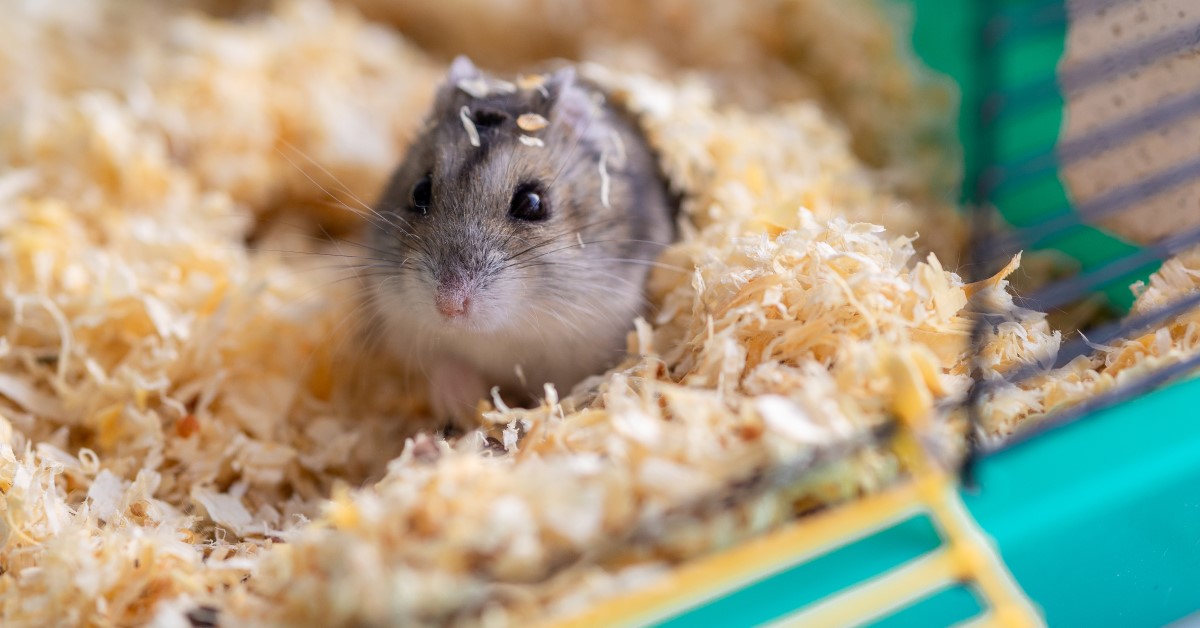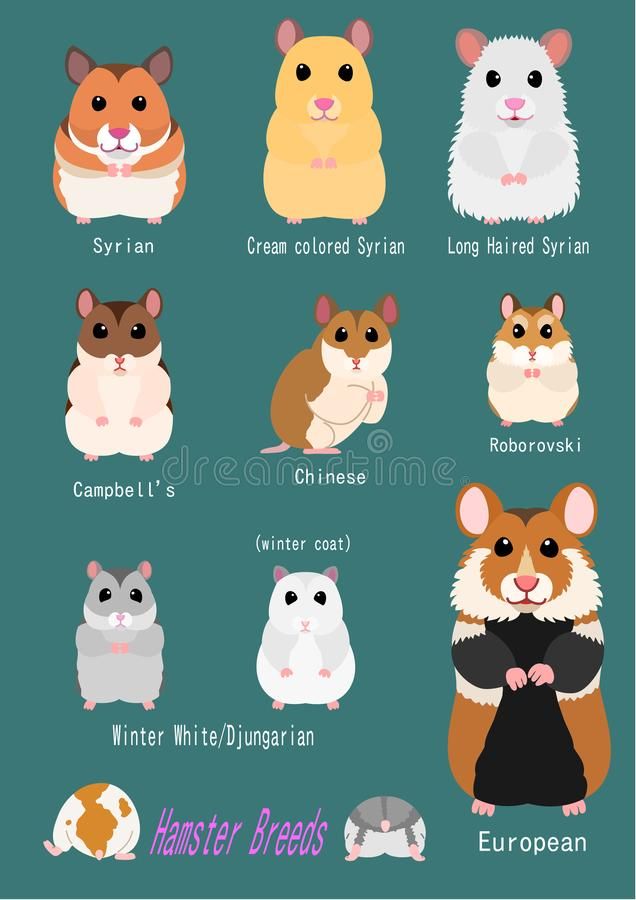Popular Hamster Species for Pets
Hamsters are charming pets that bring joy and companionship to many households. With several species available, choosing the right one can be a delightful yet overwhelming decision. In this article, we’ll explore the most popular hamster species for pets, discussing their characteristics, care requirements, and more. Let’s ensure you make an informed choice that suits your lifestyle and preferences.
Understanding Different Hamster Species
There are around 18 species of hamsters worldwide, but not all of them are suitable as pets. Each species has its unique traits, temperaments, and care requirements. By understanding these differences, you can choose a hamster that fits perfectly with your home environment. Some of the most popular pet species include the Syrian hamster, Roborovski hamster, and dwarf hamster varieties.
The Syrian Hamster
The **Syrian hamster**, also known as the **golden hamster**, is the most common pet hamster. They are known for their friendly and social nature, making them great companions. Typically, they are large (about 5-7 inches long) and have a lifespan of 2-3 years. Syrian hamsters are best kept alone, as they can be territorial and aggressive towards others. They enjoy interacting with their owners and can be trained to perform tricks, adding an element of fun. Proper habitat setup and regular handling help in socializing these hamsters.

Roborovski Hamster
The the **Roborovski hamster** is the smallest pet hamster, averaging just 4 inches in length. They are lively and social creatures, usually thriving in pairs or small groups. However, they can be skittish and may not enjoy being handled as much as other species. Their playful nature makes them entertaining to watch, particularly when they are in a large cage with toys and tunnels. Proper care includes a spacious habitat with plenty of enrichment activities to keep them engaged and happy.
Dwarf Hamsters
Dwarf hamsters encompass several species, including the **Campbell’s dwarf hamster** and the **Winter White dwarf hamster**. These little furballs are generally around 3-4 inches long and are known for their sociable and friendly demeanor. They can be kept in pairs, provided they are introduced at a young age. With a lifespan of 1.5-3 years, they require a well-equipped habitat, including a suitable wheel and hiding places. Their small size allows for versatility in cage options, making them a popular choice for those with limited space.
Choosing the Right Habitats
Regardless of which hamster species you choose, a proper habitat is crucial for their health and happiness. Each hamster requires appropriate space, bedding, toys, and equipment to thrive. A cage should have ample floor space, proper ventilation, and be easy to clean. Additionally, they need toys for mental stimulation and hiding spots for security. Brand your enclosure intentionally, allowing for the natural behaviors that your hamster needs to express.
Essential Cage Features
Opt for a cage that provides various levels and sections. Multiple levels encourage climbing and play, while platforms can give your hamster a space to perch. Use bedding material that is safe and absorbent, such as aspen shavings or paper-based bedding—avoid cedar and pine shavings, which can be toxic. Include a sturdy water bottle, chew toys, and hamster-safe tunnels to maintain a stimulating environment for your furry friend.
Enrichment Activities for Hamsters
Enrichment is vital for your hamster’s mental well-being. This can include physical toys like wheels, climbing structures, and tunnels. Active hamsters will require a spacious wheel, ideally one without a crossbar, for safe running. Change their habitat frequently by moving toys around and adding new items to ensure your pets stay curious and engaged.
Nutritional Needs of Hamsters
Proper nutrition is fundamental to a healthy hamster. Each species may have differing dietary needs, but generally, commercial hamster mixes provide a good base. Fresh fruits and vegetables can be added sparingly for variety. Avoid sugary foods and citrus that can upset their digestive systems. Regularly offer fresh water and ensure that their diet is balanced to promote longevity.
<h3 Fresh Foods for Hamsters
Introducing fresh foods into your hamster’s diet can enhance their health. Offer tiny pieces of carrots, peas, or apples as occasional treats. Always wash the produce thoroughly and only provide small portions to prevent any gastrointestinal issues. Recognizing which foods are safe for hamsters ensures your pet’s diet remains enriching and diverse.
<h3 Vitamins and Supplements
While a well-balanced diet is fundamental, some hamsters may benefit from vitamins or supplements, particularly if their diets are lacking. Consult with your veterinarian to assess if supplementation is necessary based on their individuality. Regular health checks will help identify any deficiencies and ensure your hamster stays thriving.
Common Health Issues and Care Tips
Hamsters can experience health issues like wet tail, respiratory infections, and dental problems. Understanding the signs of potential ailments allows for quick intervention. Regular veterinary check-ups, combined with a good living environment, can minimize health risks. Always be aware of behavioral changes—an active hamster may suddenly become lethargic, which warrants attention.
<h3Recognizing Symptoms of Illness
Watch for early symptoms of illness in your hamster, such as loss of appetite, unusual drooling, or a messy living area. Changes in fur texture may also signal skin infections or parasitic issues. If these symptoms occur, consult a veterinarian experienced in small animal care for prompt diagnosis and treatment.
<h3 Tips for Maintaining a Healthy Hamster
To prolong your hamster’s life, maintain a clean habitat, offer a balanced diet, and provide ample playtime outside of their cage in a safe environment. Engage regularly with your pet to build trust and help avoid unnecessary stress during handling. By establishing a close bond, your hamster can thrive both psychologically and physiologically.
Key Takeaways
- Understanding the different hamster species, like Syrian, Roborovski, and dwarf hamsters, is crucial for getting the best pet for you.
- Proper habitat setup, including space and enrichment, is essential for their well-being.
- A well-rounded diet and hygiene play a significant role in your hamster’s health.
- Monitor for common health issues and establish a preventive care routine.
FAQ
1. What is the lifespan of a pet hamster?
The lifespan of a pet hamster varies depending on the species. Generally, larger species like **Syrian hamsters** live about 2-3 years, whereas smaller species like **Roborovski** hamsters may live 3-5 years. Proper care, including nutrition and habitat maintenance, can maximize their lifespan.
2. Can hamsters be kept in pairs?
Yes, some hamster species can be kept in pairs, notably the **dwarf hamster varieties**. However, ensure they are introduced at a young age to avoid territorial behavior. Syrian hamsters, on the other hand, should always be housed alone due to their aggressive nature.
3. How often should I clean my hamster’s cage?
It’s recommended to clean your hamster’s cage once a week. Remove uneaten food and soiled bedding regularly, while deep-cleaning involves replacing all bedding and disinfecting the cage to minimize bacteria buildup and odor.
4. Are there any foods that hamsters should avoid?
Yes, avoid giving hamsters foods like chocolate, citrus fruits, and sugary treats. These can lead to health issues. Stick to hamster-approved fruits and vegetables when offering treats to your pets.
5. What toys do hamsters like?
Hamsters enjoy a variety of toys such as tunnels, climbing structures, chew toys, and wheels. These toys not only promote physical activity but also provide mental stimulation, ensuring they stay healthy and entertained in their habitat.
